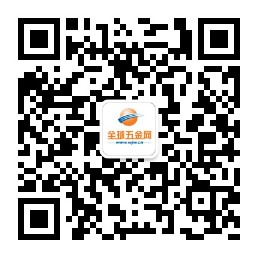The terminal line is also said to be able to arbitrarily select the number of wires and the spacing, which makes the connection more convenient, greatly reduces the volume of electronic products, reduces production costs, and improves production efficiency. It is most suitable for moving parts and motherboards, between PCB boards and PCB boards. , used in small-scale electrical equipment for data transmission cables.
It is understood that it is widely used in the connection between various printer print heads and motherboards, signal transmission and board connection of plotters, scanners, copiers, stereos, LCD appliances, fax machines, various DVD players and other products. In modern electrical equipment, there is almost nowhere. Common specifications include various pitch flexible cables such as 0.5mm, 0.8mm, 1.0mm, 1.25mm, 1.27mm, 1.5mm, 2.0mm, and 2.54mm. Common models are as follows:
Type A: the two ends are connected and the reinforcing plate is attached to the insulating adhesive tape;
Type B: The reinforcing plate is directly pasted on the insulating adhesive tape;
Type C: The reinforcing plates at both ends are directly pasted on the conductor;
D type: the reinforcing plates at both ends are directly pasted on the conductor;
E type: one end reinforcing plate is attached to the insulating adhesive tape, and the other end is directly soldered;
F type: the reinforcing plates at both ends are directly attached to the insulating adhesive paper, and the inner half is peeled off;
Type G: Direct soldering at both ends.
FFC technical parameters:
Number of conductors N: number of copper conductors in the cable;
Pitch P: the distance between the centerlines of two adjacent conductors;
Margin M: the distance between the outermost conductor centerline and the edge of the cable:
Full spacing TP: the distance between the outermost two conductor centerlines, TP = P * (N-1);
Total width W: the distance between the two edges of the cable, W=P*(N+1);
Total length TL: the distance between the ends of the cable;
Insert thickness TT: thickness of the two connecting ends of the cable

Concerned about surprises
Label: Common parameters and models of terminal lines
Previous: Multiple classification of RF cables Next: Replacement of cone crusher parts
Zhejiang Sealand Technology Co., Ltd. is a trustworthy manufacturer of Palm Oil Mass Flow Meter, Palm Oil Mass Flowmeter, Palm Oil Coriolis Mass Flow Meter, Palm Oil Coriolis Mass Flowmeter, Palm Oil Flow Meter, ATEX, IECEx & CE approved.
With its high accuracy, wide rangeability and reliable performance, Sealand meter has been applied in many kinds of industries during the last 8 years. Unlike others who only focus on the measurement of liquid at normal pressure & temperature, Sealand has conquered the difficulty in the measurement under severe conditions, such as high pressure, high viscosity, high & low temperature.
Besides, Sealand lab is
1. Controlled completely by automatic system, to minimize personal error.
2. Equipped with 3 METTLER TOLEDO scales with accuracy 0.014%.
3. Device extended uncertainty: 0.05%.
4. Certified by Zhejiang Institute of Metrology which is authorized by ILAC; Sealand meters are also approved by them after test in their lab with ISO/IEC 17025:2005 standard.
Palm Oil Mass Flow Meter, Palm Oil Mass Flowmeter, Palm Oil Coriolis Mass Flow Meter, Palm Oil Coriolis Mass Flowmeter, Palm Oil Flow Meter
Zhejiang Sealand Technology Co., Ltd. , https://www.sealandflowmeter.com